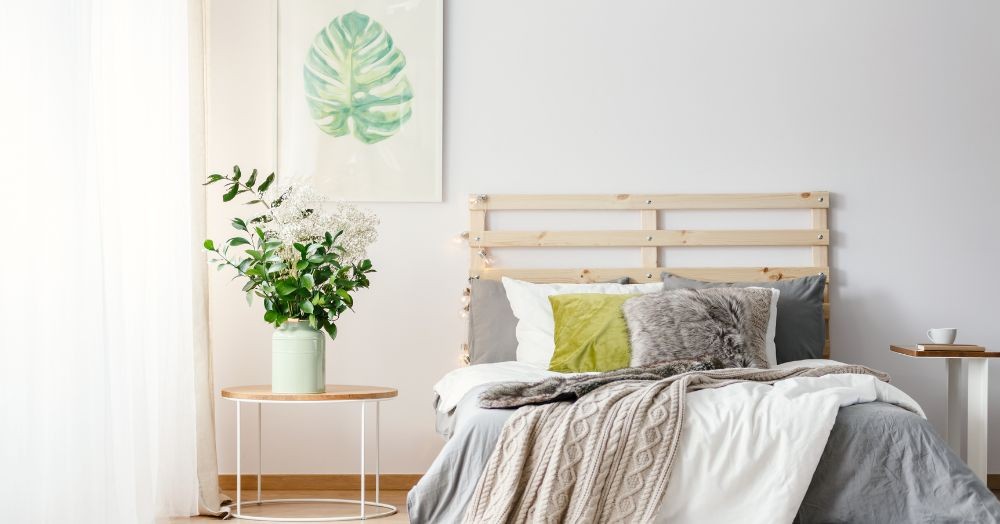
Learn why blocking all draughts might be harming your home
During the colder months, we are battening down the hatches against the wintery chill, closing all our doors and windows tight and trying to keep warm air in. The cost of living crisis and rising energy bills have led many of us to take the matter into our own hands, trying to improve the efficiency of our homes by adding insulation into the loft spaces or wall cavities.
There is a tipping point, though. When a property is sealed up so tightly that there are no draughts, there is also no ventilation. Of course, this will mean the home is warm, but there are side effects of this.
We create moisture whilst living in the property, and if there is no ventilation, this moisture-filled air has nowhere to go. As that air cools, the vapour in the air changes back to a liquid state, and this liquid settles on the walls of your home and your belongings. This is when you get mildew from condensation.
There are ways to handle this problem without leaving your doors and windows open all day, wasting the heat from your radiators and money spent on energy bills.
Use extractor fans - Try to remove as much of the moisture from the air as possible. Extracting the steam from the air will ensure that there is less moisture in the air. Use lids when your pans are on the hob, and use extractor fans when cooking and after a bath or shower.
Trickle vents in the windows - This allows a small amount of air to escape, taking the moisture with it so that you don't develop mildew around your windows. If you have condensation on your windows in the morning, dry it off so that this moisture is not left in the room to evaporate and then cool again.
Insulation - If you have an area of your loft space that doesn't have adequate insulation, you will have a cold spot that is cooler than the rest of the ceiling. This can cause a specific area where condensation forms and mildew can grow.
Keep airflow around furniture - Don't have your furniture tight against the walls, as this prevents airflow. Move furniture away from the walls slightly so that air can flow behind it freely and mildew can not grow or form.
Sometimes a draught can be a good thing as it keeps air circulating and flowing freely. After all, you don't have mildew appearing during summer, do you? This is because the air is warmer, and we tend to have our windows and doors open, allowing the warm air to flow freely throughout our homes.
Consider following these simple tips to prevent mould from growing in your home.